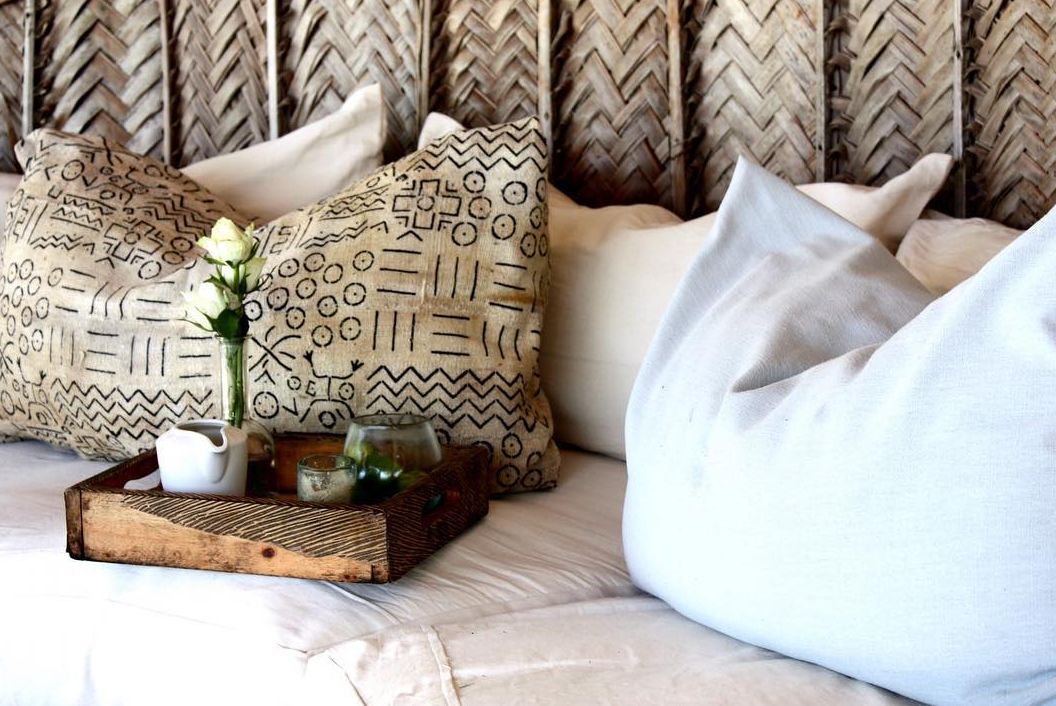
At the close of 2017 Melinda took a trip to Tanzania to photograph wildlife and learn more about local African textiles.
On the search for inspiration she stumbled upon two different types of indigenous cloths.
One of which are Kuba cloths. There are two types of Kuba; cut pile cloths and flatwoven cloths with no pile that have applique embellishments. Kubas are woven using the strands from raffia palm leaves. They get their colour from natural and local vegetable dyes which give them all warm earth tones. Usually the men of the Kuba culture are responsible for cultivating the raffia palm and the women are responsible for the embroidery and design.
The patterns are bold and large. In most cases they are geometric and uneven. Some historians believe these patterns are related to Music and dancing.
Mud cloths are another fascinating textile from Africa. The technique used to create one piece is fascinating. Plain weave textiles like cotton are used as the base. They are painted with patterns and symbols using local river mud that has been fermented for months. Each piece is unique. In traditional Malian culture, the cloths are worn by hunters and are said to protect the warrior. The cloths are also draped around the shoulders of the tribes-women during childbirth. The cloth is believed to have powers that keep away bad omens.
The design for Kubb was influenced by all of these methods and aesthetics. Kubb is a westernised version, utilising the idea of big bold shapes on a textured cloth.

Kuba Cloth from The Vale Archives

